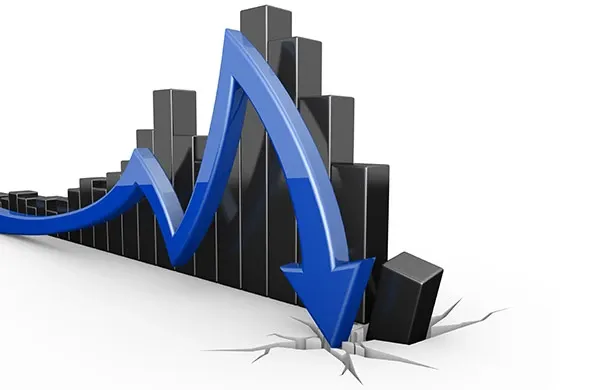PC Market Returns to Growth in 1Q24
Global PC shipments grew around 3% YoY in 1Q24 after eight consecutive quarters of declines due to demand slowdown and inventory correction, according to Counterpoint Research.

The EMEA mobile phone market continues to lose steam, according to the latest results from IDC. Total smartphone shipments in the total European market including Russia and the CIS were marginally lower than in the same quarter last year, at 44.9 million.
In the core European Union market the picture was less promising. Most countries in Western Europe saw lower smartphone value than in the same quarter of 2017, though the picture was mixed, as France and Italy showed an increase, and in Central Europe there was a continuing trend towards more expensive models and every country showed an increase in market value. Overall, European Union average selling prices fell more than 10% year-on-year, and the recent trend towards the purchase of more expensive models was reversed.
In the Middle East and Africa there were also signs of price weakness. Smartphone volumes in the region were flat at 38.395 million, while the average selling price was $212, substantially lower than the $242 in the first quarter of the year. The feature phone market, traditionally very substantial in the region, slowed, and the feature phone/smartphone split in the market was almost half and half.
In Europe, Huawei had a very good quarter and its P20 series, both the keenly priced P20 Lite and the premium P20 Pro did well alongside the standard model. Its strong performance brought it head to head with the Samsung Galaxy S9, which as the Samsung flagship would normally be expected to be way out in front in the premium Android category. While the P20 Pro goes for a similar price to the S9, the Lite version is less than half this.
Prices are also falling due to the impact of Xiaomi, which is moving quickly into Western Europe markets after successes in Poland and especially in Russia. Xiaomi sold six times as many phones in the EU in the second quarter than in the same quarter in the year before. Its smartphone ASP is much lower than the market average.
One brighter point for manufacturers was that European consumers are moving quickly to embrace wider screens. The trend is a breath of fresh air for smartphone vendors worried about flagging demand as smartphone technologies mature. A wider aspect screen can normally be fitted onto the body of an existing phone without a major redesign, providing a new product without major investment.